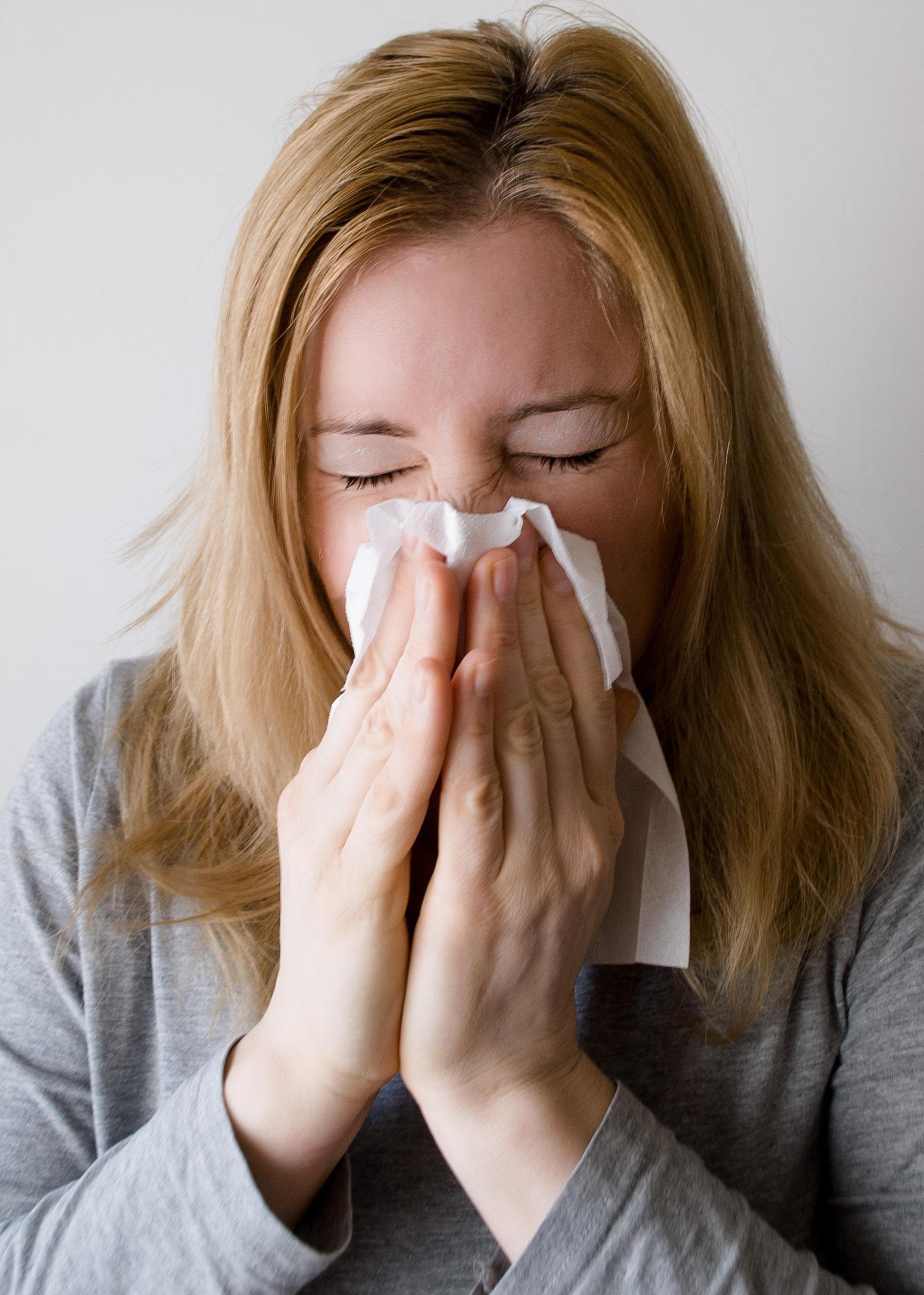
1. INTRODUCTION
Infectious disease sometimes referred to as a communicable or transmissible illness, can be defined as exposure to harmful micro-organisms such as bacteria, fungi, viruses and internal parasites. For example, an employee may be infected by being exposed to toxins produced by a microorganism, or by having an allergic reaction to the micro-organism or the substances it produces.
There are a few routes of infection which may be prevalent in the workplace where employees share proximity:
• Air-borne transmission: micro-organisms are spread through the air (via droplets, aerosols) such as coughing or sneezing. E.g., Influenza, Coronavirus, Chickenpox, Measles and TB.
• Direct contact: micro-organisms are spread from person to person or indirectly when touching an inanimate object that has been previously contaminated and then touching one’s nose and mouth with the now contaminated fingers. E.g., Norovirus and Coronavirus.
• Faecal-oral transmission: spread from hand to mouth through inadequate hand washing after a bathroom visit. E.g., Cryptosporidium, Campylobacter, Giardia and Hepatitis A.
• Blood and body fluid transmission: contamination through an injury which results in broken skin and bleeding. E.g., Hepatitis B & C and HIV.
2. Policy
The policy is to cover the measures that will be applied should there be an infectious disease outbreak in the workplace. An outbreak can be defined as to when the occurrence of disease cases are more than normal expectancy. Dependant on the disease, in some cases an outbreak can be declared at the point there are two or more linked cases of the same illness, such as with coronavirus. Whereas two employees from the same workplace diagnosed with influenza virus would not necessarily denote an outbreak.
It is not always possible to identify how infection will be spread, therefore precautions to prevent the spread of infection must always be followed, especially when infection rates rise significantly in the workforce or population. By following these standard precautions the chain of any infection can be broken and a safe working environment created.
It is the intention of The Tingdene Group to be vigilant in relation to the presence of any infectious disease (communicable illness) in the workplace and to ensure the risk of infection to its employees is kept to a minimum by as far as reasonably practicable ensuring:
• They comply with any legal requirements or any public health, governmental guidance to control infectious diseases in the workplace.
• They keep up-to-date with any public health alerts, notifications regarding any rise in infectious disease rates in the local population that may affect the workforce.
• Protocols and risk assessments are documented to deal with an infectious disease outbreak (local to site, an epidemic, or a pandemic occurrence). Plans will include enhanced cleaning plans (ECP) and disposal of infected waste.
TG-Control of Infectious Disease

• The Group prioritises in their protocols the welfare of it’s employees especially those deemed vulnerable and at high risk to infection.
• The Group will communicate with it’s employees in a timely manner, any specific Group protocols introduced for reducing the transmission of infectious disease.
• Employees are reminded of the requirement to stay at home if they are unwell, have symptoms, are diagnosed, or test positive for any known infectious disease.
• A high standard of cleaning is provided by all sites. With an emphasis on cleaning and disinfection of hand touch surfaces.
• Cleaning operatives are competent and have received appropriate training and instruction.
• Sufficient hand hygiene facilities including hand sanitizers are provided and maintained on all sites.
• Financial resources are provided to ensure sufficient stocks, including emergency stocks of hand sanitizers, anti-bacterial soaps, wipes, PPE, cleaning and disinfecting materials can be purchased in advance and stored onsite.
• When required to reduce the risk of transmission in the workplace employees (where their role permits) will be asked to work from home. Being provided with the appropriate equipment to do so.
• Continuity plans are in place when to take action to close affected premises or sites, to allow deep cleaning to take place following any rise in infection rates, or to restrict visitor transmission.
3. Standard Protocols
The following are minimum standard precautions to prevent the spread of a known infectious disease. These minimum standards may need to be added to as an infection rate rises or a specific epidemic or pandemic alert is notified.
3.1 General:
• Employees must stay at home if they are unwell or are diagnosed, test positive for an infectious disease.
• Follow the advice of any public health or governmental guidance issued.
• A risk assessment must be completed in addition to introducing any protocols.
3.2 Communication
• Employees are to be pre-informed of any measure put in place to reduce risks of infection transmission.
3.3 Cleaning:
• Ensure a robust daily cleaning program is in place with emphasis on cleaning hand touch surfaces.
• Where necessary provide resources (such as anti-bacterial / sanitiser wipes) for employees to regularly clean their assigned workstations and equipment (desks, phones, keyboards etc.).
• Double bag and remove any contaminated waste products (such as blood, vomitus, body fluid spills etc.) to external waste collection.
• Follow any hazardous waste storage and disposal requirements as per COSHH assessments.
• Provide cleaners with appropriate PPE to handle contaminated waste.
CONTROL
INFECTIOUS
3.4 Hand Hygiene:
• Provide sufficient, fully stocked operational hand washing & hand drying facilities.
• Provide sufficient operational hand sanitiser stations.
• Display reminders with reference to regular and correct hand washing procedure.
3.5
Phased Controls to Consider: (Implementation will be dependent on the severity of an infection outbreak)
Other
Reduce person-to-person contact by:
• Reducing staff levels in designated indoor areas.
• Reducing or prohibiting visitors to designated indoor areas.
• Provide additional ventilation to indoor areas.
• Introduce social distancing measures.
• Provide appropriate PPE for employees such as introducing the wearing of face coverings.
